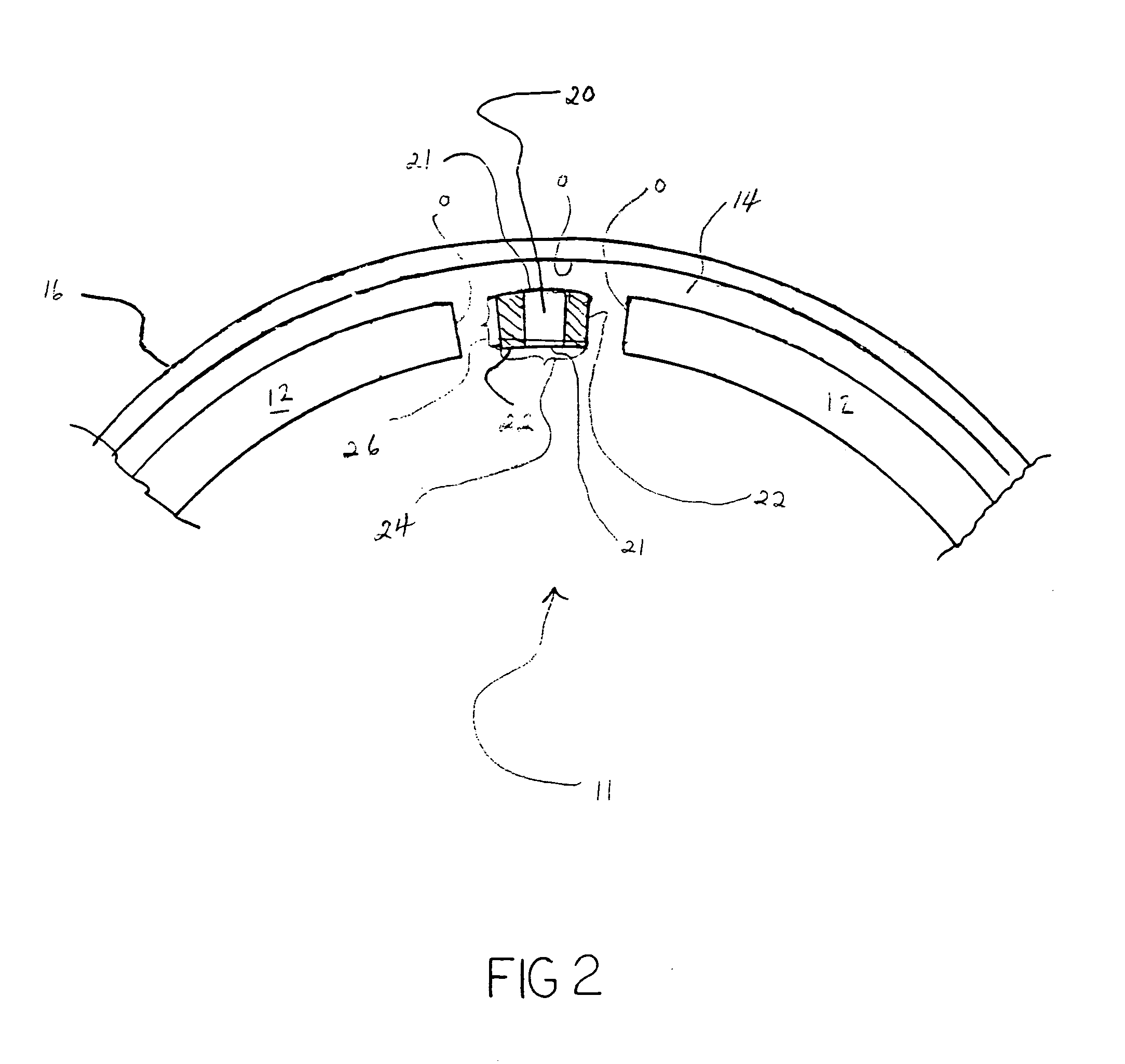U+4 generation in HTER
a technology of electrochemical cell and u+4, which is applied in the direction of electrolysis components, instruments, optics, etc., can solve the problems of increasing the probability of neutrons inducing more fission, increasing the risk of plutonium runaway fission, and increasing the cost of uranium metal recovery, so as to achieve less scraper technology and less expensive components. , the effect of facilitating the recovery of uranium metal
- Summary
- Abstract
- Description
- Claims
- Application Information
AI Technical Summary
Benefits of technology
Problems solved by technology
Method used
Image
Examples
Embodiment Construction
[0027]The instant invention provides a device and process for the recovery of materials residing together in a substrate. In particular, this invention provides an improved device and an improved process for processing spent nuclear fuel. The device and process provide for a more facile recovery of uranium metal to the extent that less use is required of bulky scrapers to remove crystalline uranium metal deposited at the cathode of an electrorefiner. The device and process facilitates recovery of uranium metal deposited at an electrorefiner's cathode without disruption of the normal electrorefining process, i.e., without shutting down or reversing applied voltages.
[0028]Thus, the instant invention is suitable for the improved isolation and extraction of metal from spent nuclear fuels. In this scenario, a supply of spent nuclear fuel serves as the reactive substrate. When the metal desired to be recovered is uranium, an exemplary feedstock is blanket fuel, which is depleted uranium c...
PUM
| Property | Measurement | Unit |
|---|---|---|
| Current | aaaaa | aaaaa |
| Electric potential / voltage | aaaaa | aaaaa |
Abstract
Description
Claims
Application Information
 Login to View More
Login to View More - R&D
- Intellectual Property
- Life Sciences
- Materials
- Tech Scout
- Unparalleled Data Quality
- Higher Quality Content
- 60% Fewer Hallucinations
Browse by: Latest US Patents, China's latest patents, Technical Efficacy Thesaurus, Application Domain, Technology Topic, Popular Technical Reports.
© 2025 PatSnap. All rights reserved.Legal|Privacy policy|Modern Slavery Act Transparency Statement|Sitemap|About US| Contact US: help@patsnap.com



